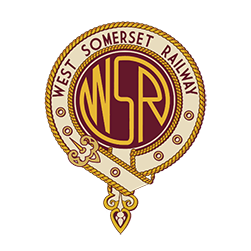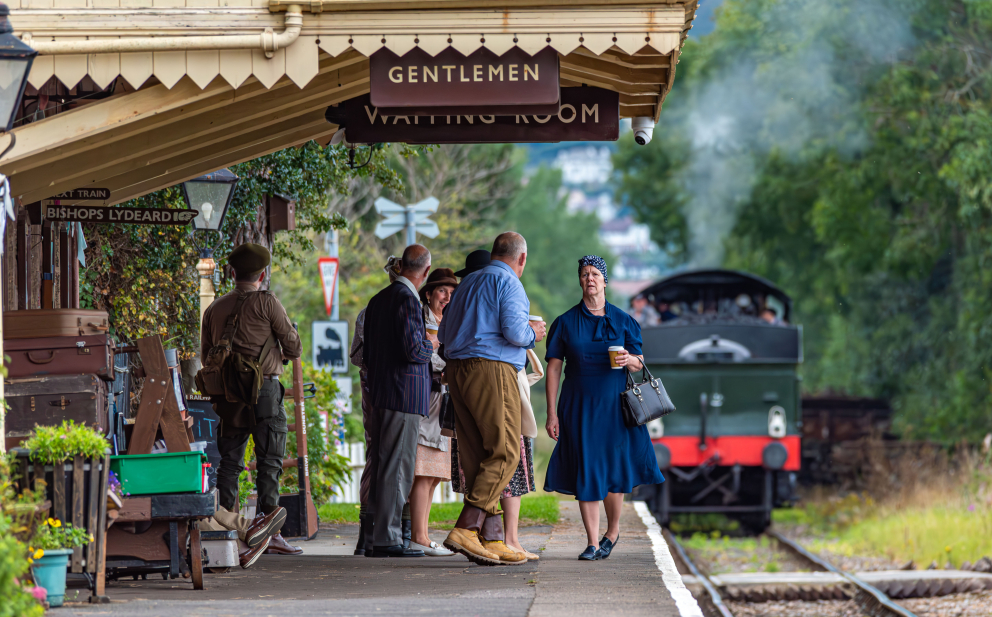Blue Anchor is a quiet seaside village in a scenic location, with a long sandy beach perfect for families and children. The population grows enormously as visitors arrive at the local holiday park spread along the top of the promenade that runs outside the station.

Station Facilities
Blue Anchor Station has two long platforms, which are wheelchair-accessible by ramps, and a booking office selling the full range of tickets for the railway. Toilets are available on the station but there are currently no disabled toilet facilities. The signal box controls a busy level crossing with gates operated by the traditional capstan wheel apparatus, and the building on the down platform houses a small Great Western Railway Museum run by The West Somerset Railway Heritage Trust which is currently closed for refurbishment.

About Blue Anchor Station
When it was opened, Blue Anchor station was smaller than the others on the line, being just a single platform with a small building. It was extended as seaside holidays grew in popularity and the second platform and present signal box were added in 1904 by the Great Western Railway. There was a siding and small goods yard on the Minehead side of the level crossing, but it was never busy. In 1934 the GWR used the yard for one of its ‘camp coaches’, old coaches which were refurbished and equipped to provide holiday accommodation. This lasted until the outbreak of war, then was resumed under the name ‘camping coaches’ by British Railways in 1952 until the end of the 1964 season, by when there were three coaches at Blue Anchor. These continued to be available for BR staff until 1970 and all three survive elsewhere on the WSR. The three coaches you can see in the yard at Blue Anchor today were used by BR as camping coaches at Dawlish Warren and the middle one has been refurbished to modern standards as a twenty-first century camping coach by the Coastal Camping Coach Company.











